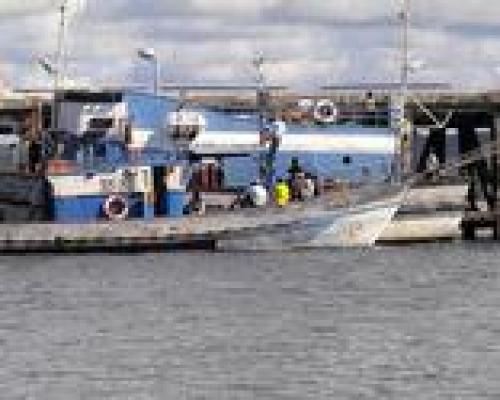The Portuguese established a permanent settlement and trading post at Inhambane in 1534, making it one of the oldest settlements in Mozambique. It has some great colonial architecture and is considered by many to be one of the prettiest towns in Mozambique.
It is situated on a peninsula overlooking a bay, and also serves as a springboard to the coastal resorts around Tofo beach (some 30km due east, along a reasonably good road).
The easiest way to reach Inhambane is by a good road from Maputo (469 km on EN 1) or it is possible to drive from Beira or Zimbabwe on the EN 6 and EN 1 after Inchope. There are flights from Maputo on most days and charters flying in from Johannesburg, South Africa
Inhambane has secluded, unspoiled beaches, bordered by the Inhabane estuary on one side and the sea on the other.
The city is known for its nearby beaches of Tofo and Barra. Motor and dhow taxis sail from the town to Maxixe - the largest city and economic capital of the province of Inhambane.
The area has innumerable famous beaches, amongst which are: Praia de Zavora (85 km south of Inhambane), Baia dos Cocos (Coconut Bay) and Tofo Beach (22 km east of Inhambane), Barra Beach (20 km of Inhambane) and Jangamo Beach (28 km from Inhambane).
Tofo and surrounds have some truly excellent diving, with nice reefs and excellent large marine life. Whale sharks and Humpback Whales in season, reef sharks and much more.Some of the dive sites are at around 25-30 meters, requiring deep-dive certification (which you can get through one of the dive shops). Visibility is usually good at around 20 meters.
For sightseeing visit the Cathedral of Our Lady of the Conception - an old and imposing church, was built by the Portuguese about 200 years -, an old mosque and the local market.


